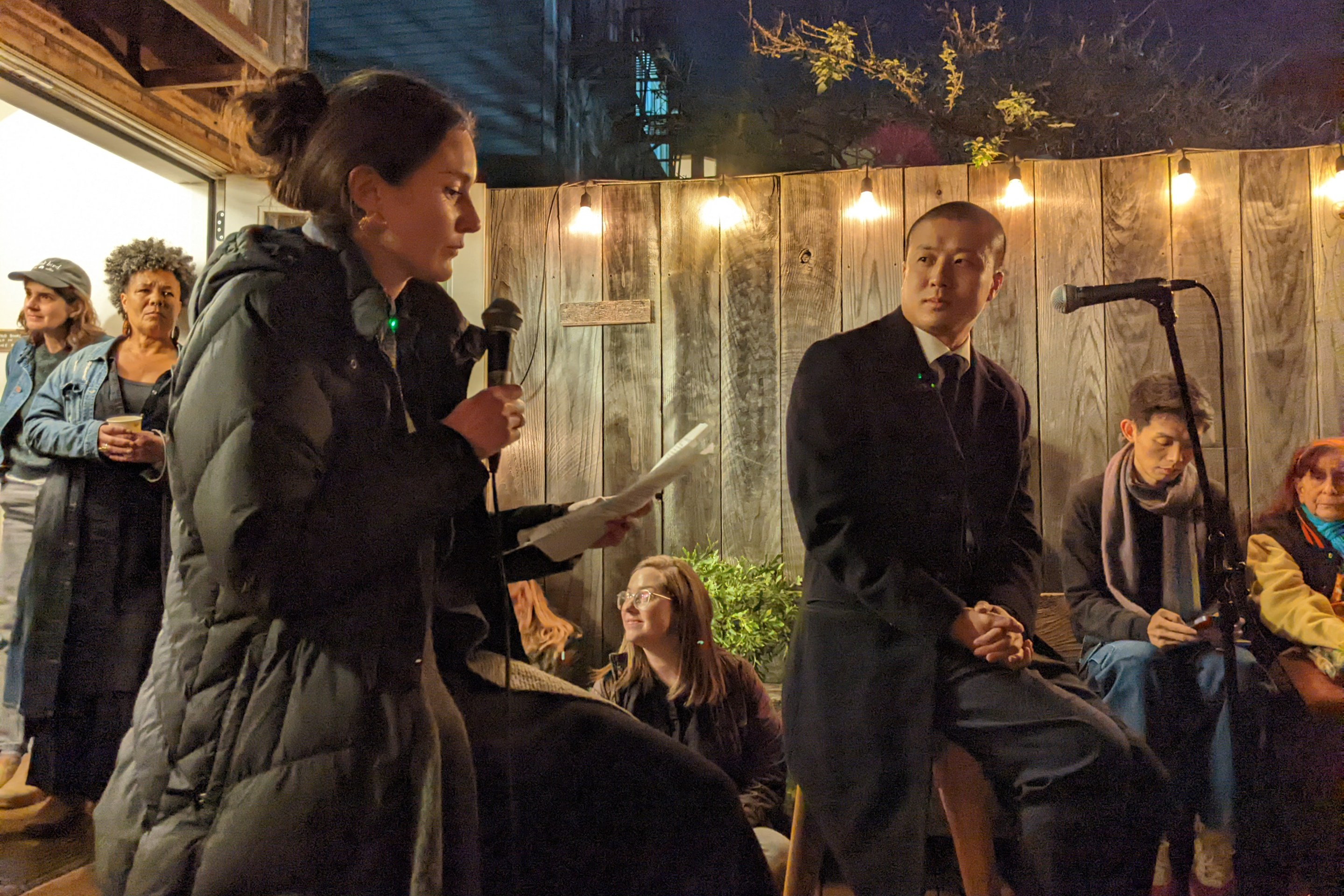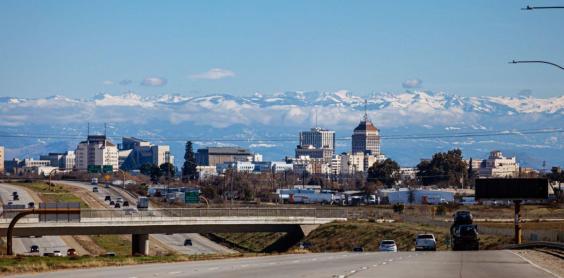Last week, the media reported, once again, that the California High-Speed Rail project is in its death throes.
The latest batch of articles are based on a Nov. 25 decision by Superior Court Judge Michael Kenny, in which he ordered the CAHSR Authority to revise a 2011 funding plan before it issues state bonds under Prop. 1A, the 2008 measure that got California’s HSR project going. The ruling also green-lighted work on the Central Valley portion of the project.
So what does the ruling mean? Rod Diridon, executive director of the Mineta Transportation Institute and Chair Emeritus of the CAHSRA Board, says it's unlikely to delay the project, since the authority should be able to rely on federal funds for some time before state funds become necessary.
“All you have to do is front-load the federal money. Spend the $3.4 billion from the Feds,” explained Diridon, referring to stimulus spending that’s available from Washington. “Then you spend the state part later.”
The lawsuits against CAHSR keep coming from plaintiffs like John Tos and Aaron Fukuda, who own land in the Central Valley where the tracks are planned. When the CAHSRA tried an omnibus lawsuit, in which it basically sued itself as a defense against the many different legal actions that could be lined up to stop the bonds, Judge Kenny didn’t go for it. “All the judge said is the Authority can’t have blanket validation of the bonds,” said Diridon.
The third "key setback," as the Los Angeles Times describes it, came on December 5, when the Surface Transportation Board of the US Department of Transportation rejected the CAHSRA's application to expedite review of the entire 114-mile Central Valley portion of the project.
Prop. 1A, when placed on the ballot in 2008, was the only feasible way to give the project a serious financial and political shove forward, by taking it directly to the voters. Still, the measure only allowed for a $9.95 billion bond issue -- a down payment. The costs for even the earliest incarnations of California HSR were more than three times that much.
It’s a different economic playing field in the state now. The Legislative Analyst's Office is projecting $10 billion budget surpluses by 2018.
"When I ran for governor in California the first time," Governor Jerry Brown said at an HSR event, “California's private wealth, together, was about $350 billion. Now it's almost $2 trillion."
In other words, Prop 1A isn't as important as it once was. And, for future segments, maybe Washington won’t matter either. Sacramento may vie to do this on its own, through carbon offsets, the transportation budget, and perhaps through a “franchise bid.” Under this idea, explained Diridon, an Asian or European railway consortium pays to link, for example, Los Angeles with the Central Valley. In exchange, they would collect all the profits from HSR operations for a period of several decades.
The bottom line: construction on a segment from at least Madera to south of Fresno will move forward. After that, more segments will be built. There will be more legal battles. The political winds will, no doubt, generate stops and starts. But despite all the doom-and-gloom reporting, California HSR isn’t dead. However, given the many challenges, by the time the first train runs from Los Angeles to San Francisco in less than three hours, everyone reading this may be.






